4 significant cars turning 50 in 2023
There are startling similarities between 1973 and today. 50 years ago, an oil crisis was gripping the U.S. and western Europe. Some horror stories even claimed BMW’s new Dingolfing factory in Bavaria would be the last car plant ever built. Thankfully, they were wrong. Even better, some great cars were revealed in 1973. We look at four of the most significant.
Ferrari 365 GT4 BB

For any car-obsessed youngster in the 1970s, the Ferrari 365 GT4 BB (“Berlinetta Boxer”) was a dream machine, even if most only experienced it as a poster to stick on their bedroom wall or as the card to have in Top Trumps.
It might not look quite as dramatic as the Lamborghini Countach that launched the following year, but the Ferrari Berlinetta Boxer was certainly the prettier of the pair.
That elegant, dart-like shape was broadly based on the Ferrari Pininfarina Modulo concept car (below) that had wowed visitors to the 1970 Geneva Motor Show. Different to any Ferrari production car up to that point, the BB was the first of the Maranello breed to feature a 12-cylinder engine mounted behind the driver.
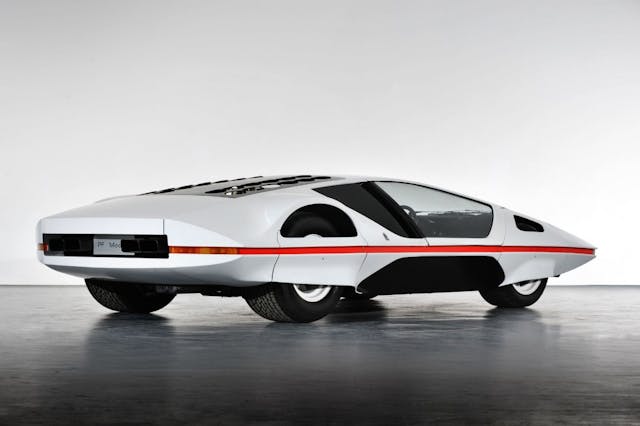
And what an engine it was. The flat-12—hence the abbreviated “boxer” in of the 365 GT4 BB’s name—was based in part on Ferrari’s Formula 1 engines. In the 365 GT4 BB, the engine was longitudinally mounted, with one camshaft per bank of six cylinders. The five-speed transmission sat below the crankshaft, making access … tricky.
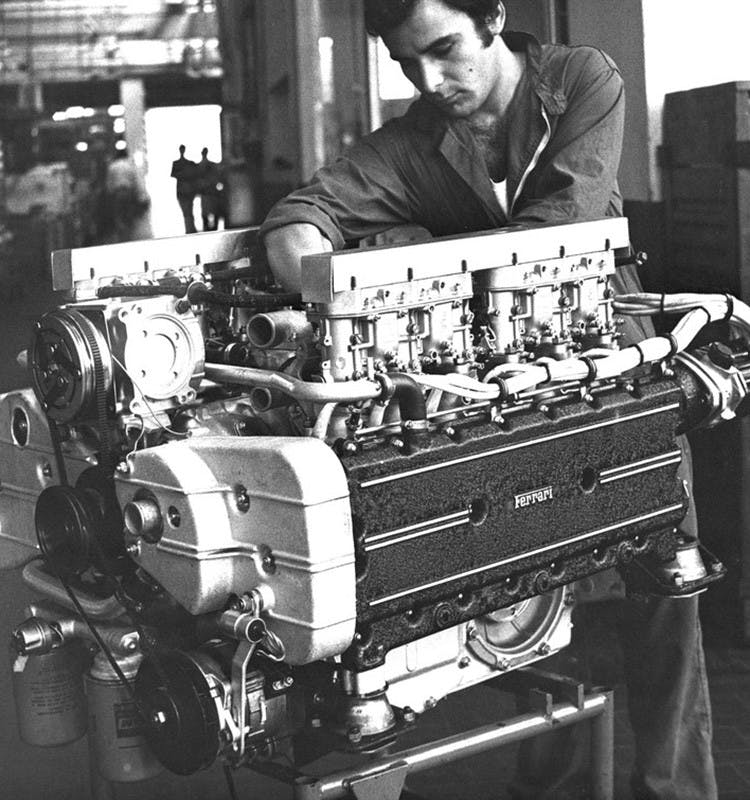
With capacity increased from 2992 cc to 4390 cc and launched into an oil crisis and its accompanying recession, the engine defied any sales slowdown.
So aggressive was the 365 GT4 BB’s styling, with the tear-drop shaped windows and one-piece bodywork front and rear, that all 387 models were sold before it morphed into the 512BB in 1976.
Strange fact: The 365 BB was the first Ferrari to have a “space-saver” spare wheel—an extra that was smaller and skinnier than the four wheels fit from the factory.
BMW 2002 turbo

Car lovers who were old enough to watch the 1972 Olympic Games might remember the parade was led by a BMW Turbo concept car (below). Only two examples of the concept were built, but their 2.0-liter, turbocharged four-cylinder engines helped BMW produce the first turbocharged production sedan.
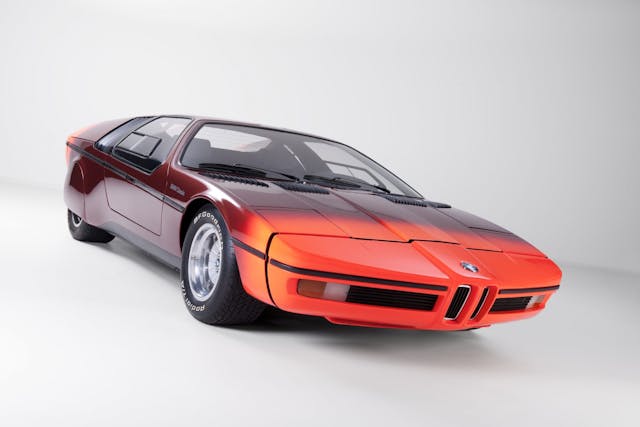
The 2002 turbo, launched in 1973, featured the 2002 sedan’s regular inline four-cylinder, 1990-cc engine enhanced with a KKK turbocharger. The result? Power went from 130 to 170 bhp with a similarly healthy increase in torque. Rather logically, BMW also increased the capacity of the fuel tank, from 46 liters to 70.
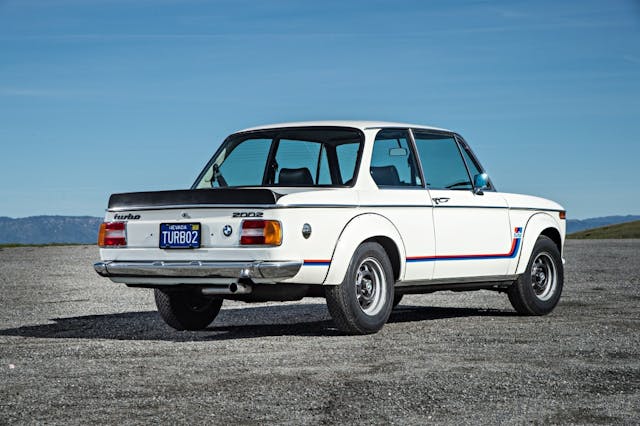
But remember, this was the dawn of turbocharging technology. When the KKK’s boost arrived at around 4000 rpm, it did so with an almighty bang. The driveline was wondrous to some, intimidating to others, and all wrapped up in one awesomely aggressive package.
Tales of 2002 turbo drivers spinning (or worse), caught out by the sudden arrival of unmanageable amounts of turbo boost to the rear wheels, are legendary. Those who first drove the 2002 turbo might not have felt privileged, but today, they seem quite fortunate for driving such a rare beast of a car.
The turbo car’s price was a hefty 40 percent above that of regular, “hot” 2002, the Tii. After just three years on sale, with only 1672 built, BMW canned the 2002 turbo, citing … the oil crisis.
Strange fact: Early models wore “2002 turbo” in mirrored script on their front spoilers so drivers ahead knew exactly what was behind them. (See above.) BMW was criticized for being overly aggressive and quickly dropped the logo.
MGB GT V8
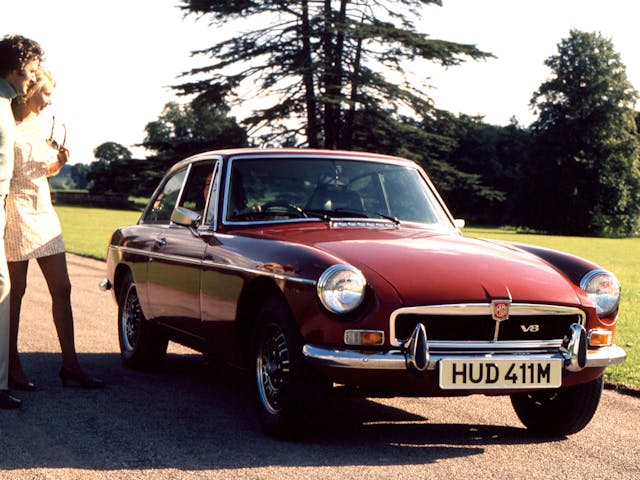
It often takes an outsider to call attention to something that’s sitting right under the nose of a company’s board. So it was with Ken Costello and MGB.
The British engineer and racing driver realized that the 3.5-liter aluminum V-8 designed by Buick in Detroit and used for Rovers would be perfect for the MGB, the company’s two-door, four-cylinder-powered sports car. On his own, he duly slotted the V-8 into the petite coupe—critically, without the enormous redesign that MG’s British Leyland bosses had initially feared.
Looking on enviously, Leyland realized this outsider in a garage in Kent had cleverly stumbled on the solution to its underpowered MGB and BGT coupe. Leyland boss Lord Stokes summoned Costello and asked to look at his prototype BGT V8.
During the meeting, Stokes said Leyland would rather make its own than buy the idea from Costello. The engineer bluntly told them it would take months to engineer and walked out. Leyland went ahead without Costello and did its own MG BGT V8.
The 90-degree Buick/Oldsmobile/Pontiac 215-cubic-inch V-8 fitted neatly into the engine bay and was actually the same weight as the 1798-cc four-pot it replaced. But this was a hurried, low-budget project and sales were handicapped by the car’s high price.
A handful of early cars made it to the U.S. but the vast majority of the 2591 models built were right-hand drive, built for the U.K..
Strange fact: MG and British Leyland neither credited nor paid Ken Costello for his work on the BGT V8.
VW Scirocco
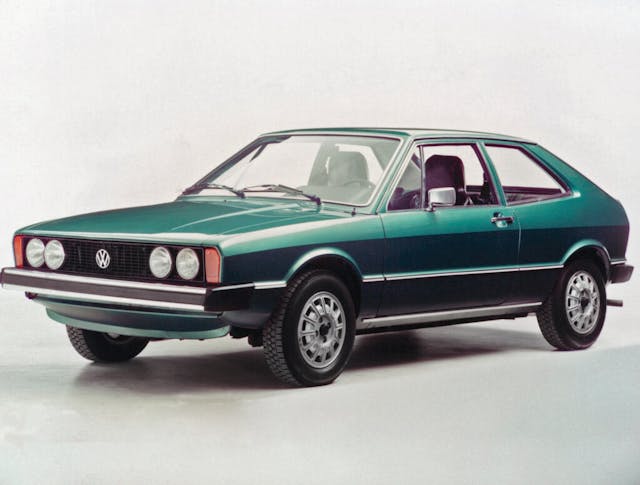
When you’ve got two models that have been on sale forever, and both are still successful, you’ll be hard-pressed to decide how to replace them. If you’re VW in the early 1970s, you might consult Giorgetti Giugiaro’s ItalDesign.
The famous Italian design house had been working on a coupe for Alfa Romeo and proposed something similar to Volkswagen. Ferdinand Piëch, then head of VW, realized that such a car would solve some significant problems. Volkswagen was looking to supersede the economy-minded Beetle and the sporting Karmann Ghia, and a handsome, Giugiaro two-door would a neat solution. The benefits didn’t end there, either.
Giugiaro had suggested building the Scirocco on the forthcoming Golf’s platform. This meant VW could launch the Scirocco six months before the Golf, enabling the company to iron out any trouble with the platform before production of the volume-selling model began.
Scirocco engine capacities varied from 1.1 to 1.7 liters, the latter being a bigger engine for the U.S. market. American-market cars featured twin round headlamps on either side of the grille. The lights prompted thousands of European Scirocco owners to upgrade their single rectangular lamps.
The Scirocco was a remarkable success for VW: It sold half a million units over the Mk1’s seven-year lifespan. Not bad considering the Scirocco almost hadn’t existed.
Strange fact: VW initially rejected building a low volume sports car until Karmann revealed it would go bust if it didn’t have something to build in place of its long-lived Ghia.
Check out the Hagerty Media homepage so you don’t miss a single story, or better yet, bookmark it.
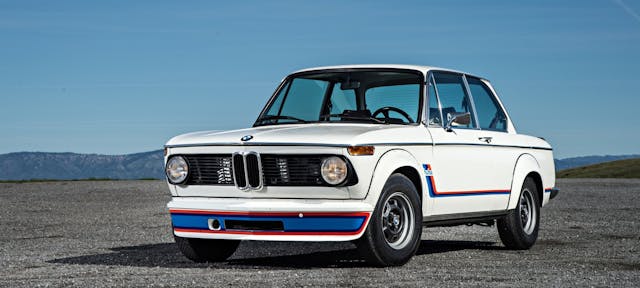


I was surprised and pleased to see the 1st-Gen Scirocco on the list. I had one back then, and absolutely loved it. The prevailing opinion at the time was that powerful cars were going away, so I felt fortunate to have nabbed a new ’78, with its 71 throbbing horsepower. The passage of time proved the pundits to be wrong, but it was still a fun car.
Agree on all counts! My wife has owned a 1979 and 1987 and we both enjoyed the hell out of them! Too bad we lived in the Rust/Salt belt and had to drive them both in the winter months. Many fond memories of both cars, but I think we both have fonder memories of the 1979.
I had an 80, and an 87 16 valve. Loved them both. However the 16v was considered fast at 0-60 in 7.7 or so…. The fun in these cars was how you could toss them around, and even get one of the wheels off the ground.
I had a ’77 Scirocco (viper grun color, green plaid seats, single windshield wiper), beautiful & fun to drive when it wasn’t in the shop, which was often. Worse car I ever owned. My wife had a ’78 which was a little better. Glad to be rid of both of them (cars, not the wife).
I agree. In 1976 I had a choice between buying a brand new Rabbit, or a year old racy Scirocco for the same price ($3600 comes to mind). Being a dumb kid, I picked the sporty Scirocco. I chose poorly. It handled great but leaked water into the truck and rear footwell like a sieve . I had a CB radio installed and whenever I would key the mic the wipers would turn on. Biggest issue was that the manifold bolts constantly came lose and sheared off. The last time that happened was on the way to the Subaru dealer to trade it in on a brand new 1977 four wheel drive wagon. That was a great car until it rusted away to nothing in about 4 or 5 years.
*trunk *loose
I agree on the 1st generation Sirocco. Brilliant design but like most ’70’s cars the quality of the steel and rust protection let them down. Would make a wonderful project.
Hello,
Did you miss the 1973 911 Carrera RS? Arguably the best driving car and certainly the most significant valued car today in this group.
Where is the 1973 Porsche 911 RS? That has to be one of the most significant cars of 1973 for sure!
Lord Stokes came from Leyland – was pro-Triumph, and didn’t like the MG brand. When he became head of British Leyland – the combination of Leyland and BMC – all the decisions he made were pro-Triumph and anti-MG (witness the TR7). Due to its popularity and the determination of those within MG – the brand survived despite Stokes, with the MGB living on until 1980. The fact that he didn’t want a successful outsider putting a V8 in and MGB/GT, and instead did a slow and ineffective job of producing it internally, is no surprise!
Sounds like the infighting that killed Triumph motorcycles.
Full agreement with nodriveraids. The RS was certainly the most memorable new model of 50 years ago and is revered today, although the 2002 Turbo was a major influence on the growing application of turbocharging production cars.
BMW was 10 years late to the turbocharged production sedan game, hardly the 1st. GM had 3 different makes of turbos in 1963 – Chevy Corvair turbocharged flat-6, Buick turbocharged V-8, Oldsmobile turbocharged V-8. All of them were aluminum engines also.
Beat me to it! Except that they were 11 years late 😆
Hi Liang:
In looking to confirm , the Corvair turbocharged engine option was only available in coupes and convertibles, and the Olds Jetfire with the turbocharged engine was limited to just a coupe bodystyle. BMW was not the wholesale first to put a turbocharger in a production car, but was the first to add one to a sedan.
*edited to remove typo
Cool list of cars. A bunch more to come in a list?
Surprised that you didn’t include the 1973 Porsche 911 Carrera 2.7 RS? This car basically started all of their “GT” cars that followed.
My 1973 Buick Gran Sports are turning 50 also. One has been on your website twice. Once on Reader Drives and one a feature article. Didn’t get accepted for Amelia in the 120 years of Buick either. Oh well.
P.S. I am a 40 year member of the Madison Avenue Sports Car Driving and Chowder Society. Thanks for the great Holiday meeting in NYC.
I remember when David Hobbs drove a Turbocharged BMW 320i at Laguna Seca, many years ago. The 3-liter Carrera RSRs didn’t have a chance against the diminutive BMW.
as always, love the various e-newsletters that haggerty provides us policyholders.
i sense the focus was europe for this piece. great choices, and like many noted, tough to draw the line.
for me, well my 50 year old birthday happens for my ’73 240z; the other side of the continent…ha
for all of us, there’s beauty, engineering, and and always passion for the analog age of vehicles. we are all certainly privileged to own or have owned cars from this period.
YAWN
What about the 73 Corvette ? this was a significant year. First year poly bumper, last year for chrome rear bumper. First year no wiper blade cover panel. Last year for the duck tail rear end spoiler.
where are the american cars
Love the simpler car to repair MG. No high tech for me, just a nice sounding V-8 powered,nice looking sports car.